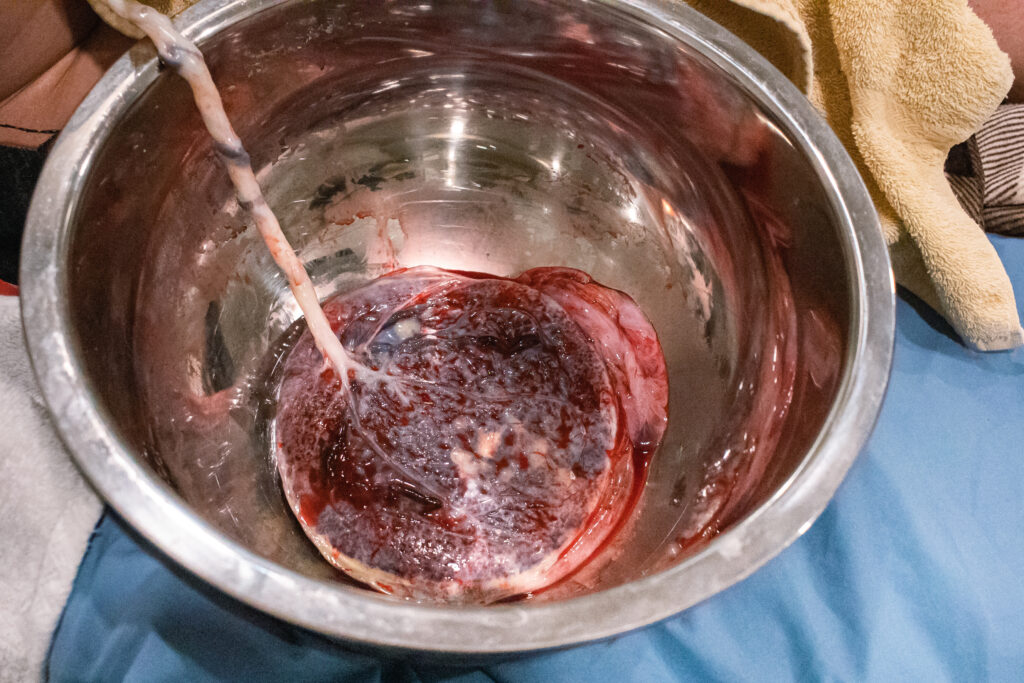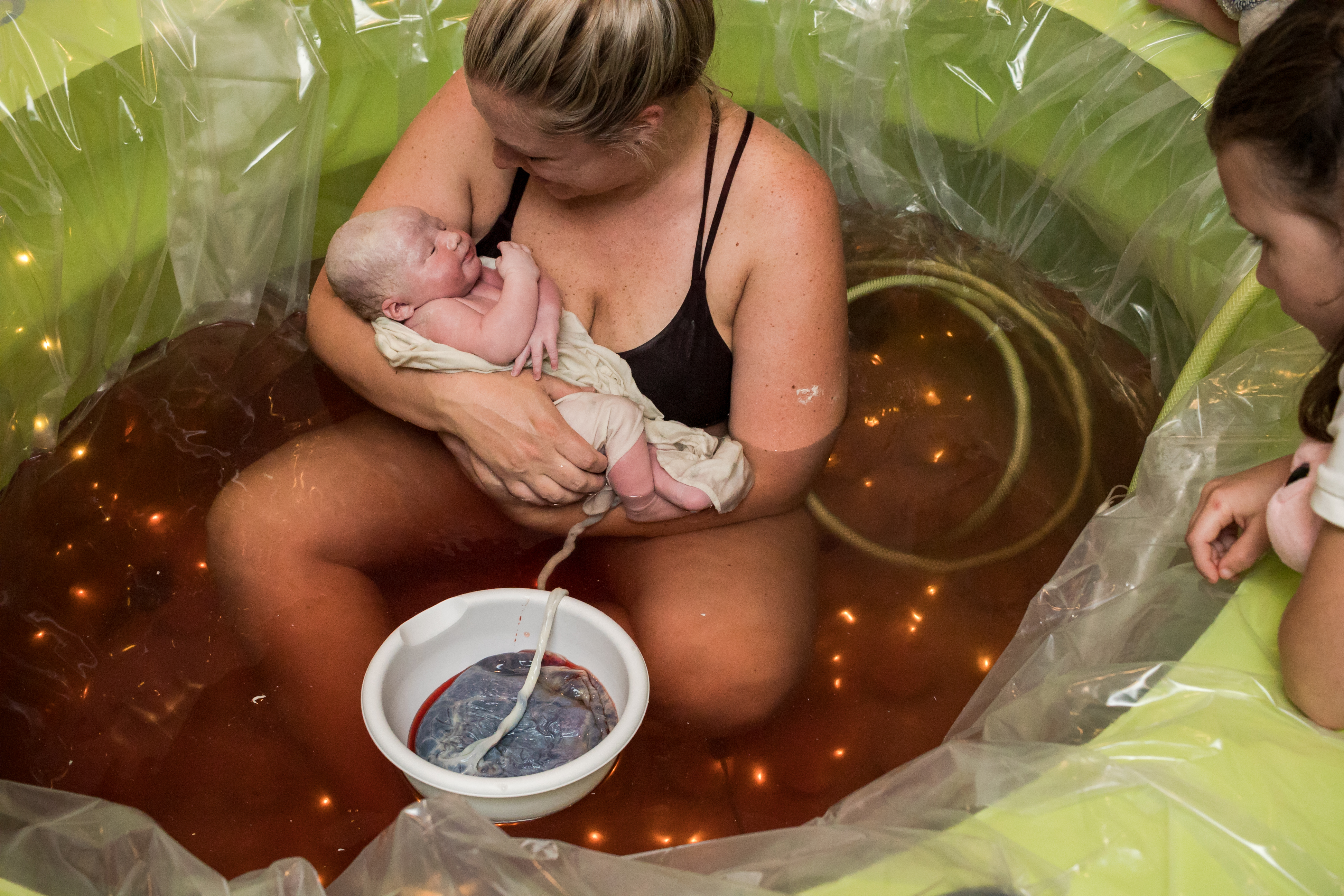What the…?
Placental consumption is the act of consuming the placenta after it has been birthed following the birth of the baby. The placenta is an organ with super powers – it develops alongside the fetus inside the uterus and acts as a filter of blood, oxygen, and nutrients. It also acts as a physical connection point between the fetus and the pregnant person via the attached umbilical cord. The concept of eating the placenta has been around for a long time, and examples of it can be seen in our kindred spirits, animals. An animal will often consume the placenta after the baby has been born, not only to hide the evidence of birth from potential predators, but also because it is chalked full of nutrients that can help during recovery.
It is becoming more common for birthing people to consume their encapsulated placentas, however in some cultures the placenta is eaten raw. To each their own; whatever way of consuming your placenta is going to work best for you, that’s what you should do!
How the…?
After the placenta is birthed it is often shown to the birthing person (this is always a neat educational component, and it’s amazing to see what helped sustain your new little love for the first 9+ months of their existence). The umbilical cord and amniotic sac is removed from the placenta, and any remaining blood is rinsed away. Then it is put into a steamer where any bacteria that might be on it is killed off. After the placenta is steamed, it is cut into smaller pieces, put on a tray, and placed into a dehydrator. Once the dehydrating process is done (typically a day later), the placenta is ground into a fine powder and sealed into the capsules for easy consumption. A single placenta can produce anywhere from 80-150 capsules, depending on the size of the placenta.
Why the…?
Although there is a lack in scientific evidence to back up the benefits of placenta encapsulation, there is a growing consensus within the birthing community that some of the benefits include:
- Decrease in postpartum mood disorders
- Decreased postpartum bleeding
- Decrease in cramps and uterine discomfort
- Increased oxytocin levels (feel good hormone)
- Restoration of iron levels
The reason there isn’t a significant amount of scientific evidence is because every birth and every person is different, and it’s hard to determine if someone would have felt worse postpartum if they didn’t take the capsules, or would have felt better if they did. What has been confirmed is that the people that took the capsules are happy they did.
If you’re interested in learning more about placenta encapsulation, send me a message and I’d be happy to set you up with a local Placenta Encapsulation Specialist.


View comments
+ Leave a comment